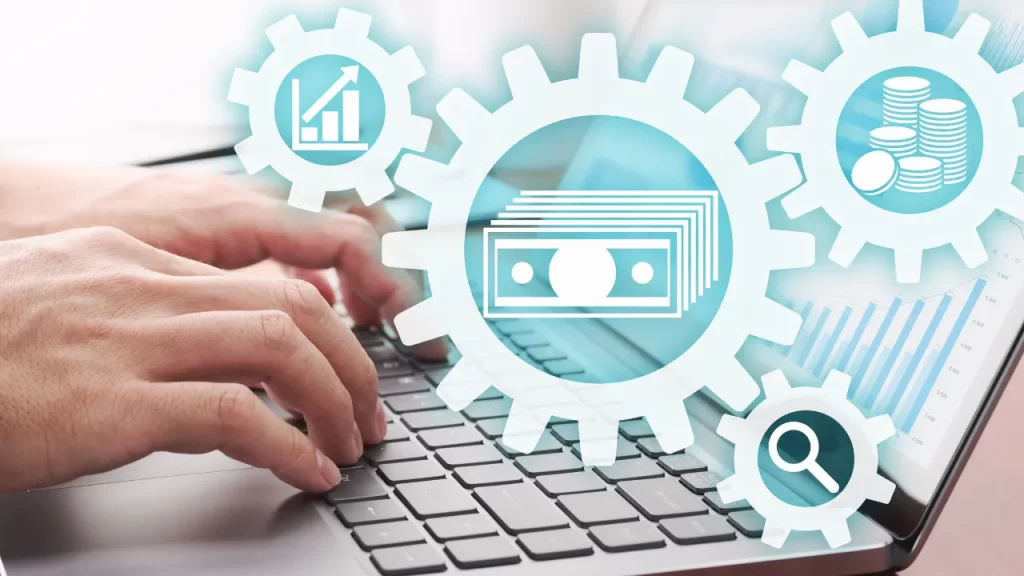The fixed asset management landscape has evolved significantly over the past few years, with technology playing a crucial role in transforming how businesses manage their assets.
As we look to the future, several emerging trends and innovations are set to further revolutionize asset management, making it more efficient, data-driven, and aligned with modern business needs.
In this guide, we’ll explore the key advancements shaping the future of fixed asset management software and how businesses can leverage these technologies for better outcomes.
Emerging Technologies in Fixed Asset Management
Several emerging technologies are already influencing the way fixed asset management software operates, and their impact will only grow stronger in the future:
Artificial Intelligence (AI) and Machine Learning
AI and machine learning are enhancing asset management by offering predictive maintenance capabilities, automating routine tasks, and providing data-driven insights for better decision-making.
These technologies enable software to detect patterns in asset performance, predict potential failures, and recommend preventive actions, reducing downtime and improving efficiency.
Internet of Things (IoT)
IoT devices and sensors allow businesses to monitor their assets in real-time.
Connected devices can track various parameters such as temperature, usage, and location, providing real-time data that helps in proactive maintenance and performance optimization.
IoT-enabled asset management offers unparalleled visibility and control, ensuring assets are always performing at their best.
Cloud-Based Solutions
The shift towards cloud-based asset management software is gaining momentum due to its flexibility, scalability, and cost-effectiveness.
Cloud solutions enable businesses to access their asset data from anywhere, at any time, facilitating remote management and collaboration across different locations.
This trend is set to continue, with more companies adopting cloud platforms for their asset management needs.
Increased Focus on Data-Driven Decision Making
The future of fixed asset management software is centered around advanced data analytics and business intelligence.
With the integration of powerful analytics tools, businesses can gain deeper insights into asset performance, usage patterns, and maintenance needs. Key developments include:
Predictive Analytics
By leveraging historical and real-time data, predictive analytics can forecast when an asset is likely to require maintenance or replacement.
This allows businesses to plan maintenance activities more effectively and avoid unexpected failures.
Business Intelligence Dashboards
Intuitive dashboards present complex data in a visually appealing format, making it easier for decision-makers to analyze trends and make informed decisions.
These dashboards consolidate data from various sources, providing a holistic view of asset health and performance.
With data-driven decision-making, businesses can optimize asset utilization, reduce costs, and make strategic investments in their asset portfolios.
Integration with Other Business Systems
In the future, fixed asset management software will offer seamless integration with other key business systems such as ERP (Enterprise Resource Planning), financial management, and maintenance management platforms.
This integration supports a holistic approach to asset management by connecting data across different departments and systems.
- Streamlined Workflows: Integration with ERP and financial systems enables automated updates to asset records, simplifying processes like procurement, depreciation tracking, and financial reporting.
- Improved Collaboration: Cross-platform integration enhances collaboration between teams, ensuring that everyone has access to the same information, reducing communication gaps and errors.
Seamless integration across business systems will enable companies to manage their assets more efficiently and achieve better coordination between asset management and other business functions.
Enhanced User Experience with Automation and AI
The future of fixed asset management software is not just about functionality—it’s also about improving the user experience.
Automation and AI are playing a key role in simplifying user interfaces, reducing the learning curve, and automating routine tasks.
- Automated Workflows: Automation can handle repetitive tasks such as scheduling maintenance, generating reports, and sending alerts, freeing up time for users to focus on strategic activities.
- AI-Powered Virtual Assistants: Virtual assistants and chatbots, powered by AI, can support users by providing quick answers to questions, helping them navigate the software, or assisting with tasks like maintenance scheduling.
These advancements will make asset management software more accessible and user-friendly, driving higher adoption rates and better user satisfaction.
Improved Compliance and Security Features
With increasing concerns around data privacy and security, future fixed asset management software will prioritize advanced security measures and compliance features.
These include:
- Advanced Encryption: Data encryption ensures that sensitive asset information is protected both at rest and in transit, reducing the risk of data breaches.
- Enhanced Access Control: Role-based access controls allow businesses to restrict access to specific data or features, ensuring that only authorized personnel can make changes or view sensitive information.
- Compliance Reporting: Automated compliance reporting helps businesses adhere to industry regulations and standards, making it easier to prepare for audits and compliance reviews.
These security enhancements will provide businesses with greater peace of mind and ensure compliance with evolving regulations.
Sustainability and Environmental Impact
Sustainability is becoming a key consideration for businesses worldwide, and fixed asset management software is evolving to support these goals.
Future software will include features that help businesses track and manage the environmental impact of their assets.
- Energy Management: Track the energy consumption of assets to identify areas where energy usage can be reduced, lowering operational costs and supporting sustainability targets.
- Carbon Footprint Tracking: Monitor the carbon footprint of each asset and identify opportunities to reduce emissions, ensuring compliance with environmental regulations and corporate sustainability goals.
By incorporating sustainability metrics, fixed asset management software can help businesses align their asset management practices with environmental and social responsibility.
The future of fixed asset management software is being shaped by emerging technologies such as AI, IoT, and cloud-based solutions.
As these technologies continue to evolve, they will enhance asset tracking, maintenance, data-driven decision-making, and compliance management.








